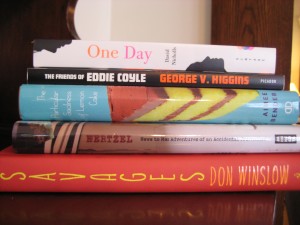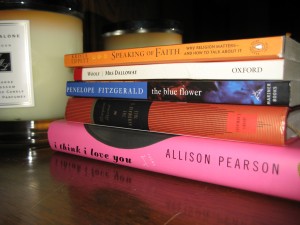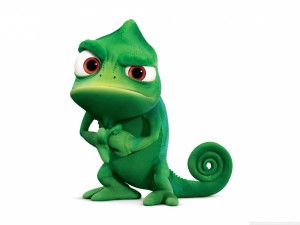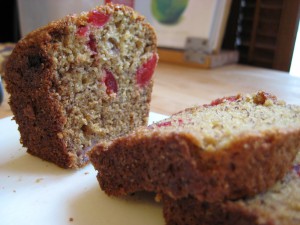Three Movies and a DVD Set
Sunday, February 27th, 2011It’s only the second month of the year, and my notes on movies are already hopeless out of whack. I have some on my list that aren’t on the blog, and vice versa. Even though I’m taking a break from the compulsion to see everything that usually is Oscar season for me, I still have seen nearly as many movies as I’ve read books. I’d like the movies to be a definite second, not a close one. After I post this, I’m going to my library request list and cull it of any other than “I want to see it NOW” films.
Greenberg (2010) d. Noah Baumbach. I don’t like Ben Stiller. But this was a smart, extremely weird, often uncomfortable but sometimes charming and hopeful movie. I’m not sure I’m glad I saw it, but I’m not sorry, either. (This was my pick from the library.) It hadn’t occurred to me till I read the trivia at IMDB, but the character of Florence does bear interesting similarities to Jennifer Jason Leigh’s Stacy in Fast Times at Ridgemont High.
High Noon (1952) d. Fred Zinneman, with Gary Cooper and Grace Kelly. (My husband’s pick from the library.) An aging but still mesmerizing Cooper is the lawman who’s trying to retire when the rumored appearance of his old nemesis makes him question whether to stay and defend his town, while his virginal, Quaker bride urges him to leave with her, and rejects him when he doesn’t. Is he a macho idiot, or a heroic man? The film is satisfyingly vague enough about this to make it much more than a simple morality tale, and has more than a few echoes of its soon-to-be-blacklisted writer, Carl Foreman. Highly recommended.
Ponyo (2008) (My pick for the kids from the library.) Neither boy enjoyed this when we saw it in the theater, to my profound disappointment. Yet 7yo Drake especially liked the movie at home, and 5yo Guppy didn’t dislike it this time around. I’m beginning to suspect that familiarity may breed affection with these boys and movies, and they’re rarely going to like something the first time they see it. This is Hayao Miyazaki’s lovely take on Hans Christian Anderson’s Little Mermaid, that is not creepy and anti-feminist and sexist like the Disney movie is. A little fish girl falls in love with a 5yo boy. Her father disapproves, and the ocean falls out of balance unless things can be resolved. Sweet and lovely, Ponyo is rated G and one of the better films out there for kids–accessible, with an ecological subtext.
Spaced was a Channel 4 UK television series in the early 00’s, with Simon Pegg and Mike Frost, directed by Edgar Wright, who also collaborated on Shaun of the Dead and Hot Fuzz. There are only two short seasons of seven episodes apiece; the second series was commissioned before the first season even aired. Pegg is Tim, a wannabe comic artist who works in a comic shop. He becomes friends with Daisy, played by Jessica Stevenson, and they rent a flat together pretending to be a couple. Supporting cast includes Frost in his first acting gig, as Tim’s gun-crazy friend Mike, Daisy’s snotty friend Twist, Brian the crazy artist, Marsha the red-wine-guzzling lockjawed landlady, and Tyres, their insane bike-messenger friend. Weird, sweet, and hilarious. I can’t believe the UK had this, and we had Friends. Unfair.




